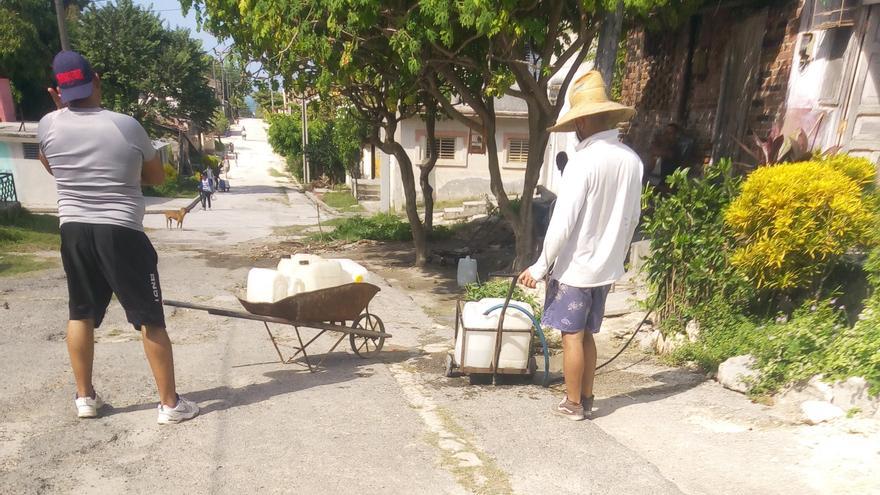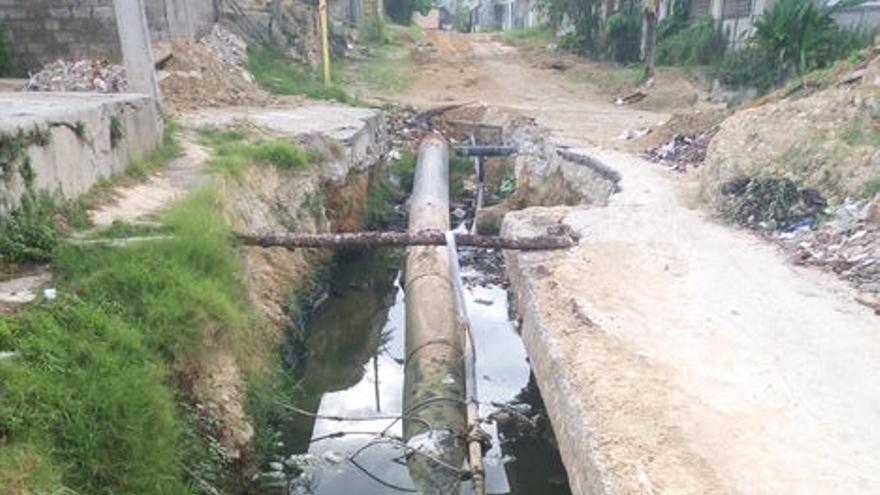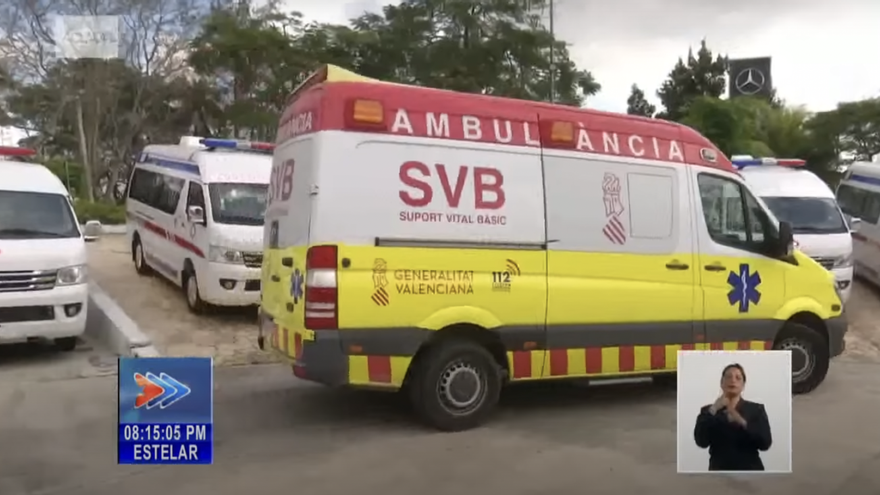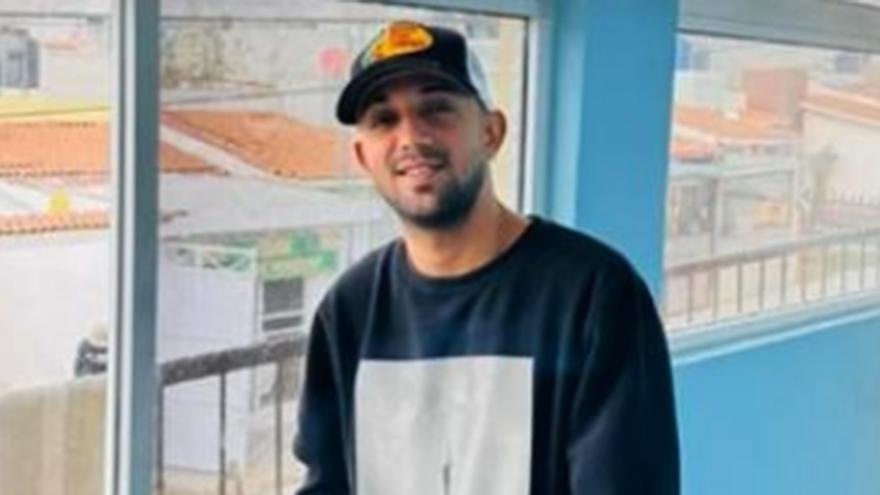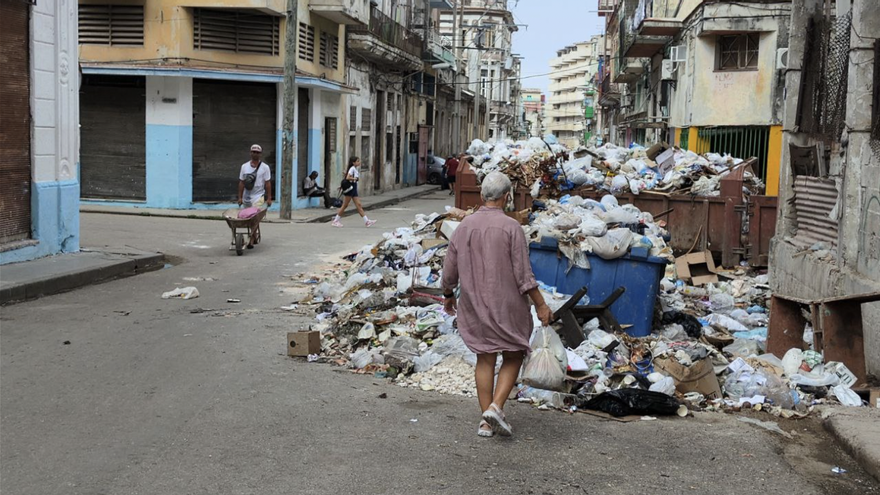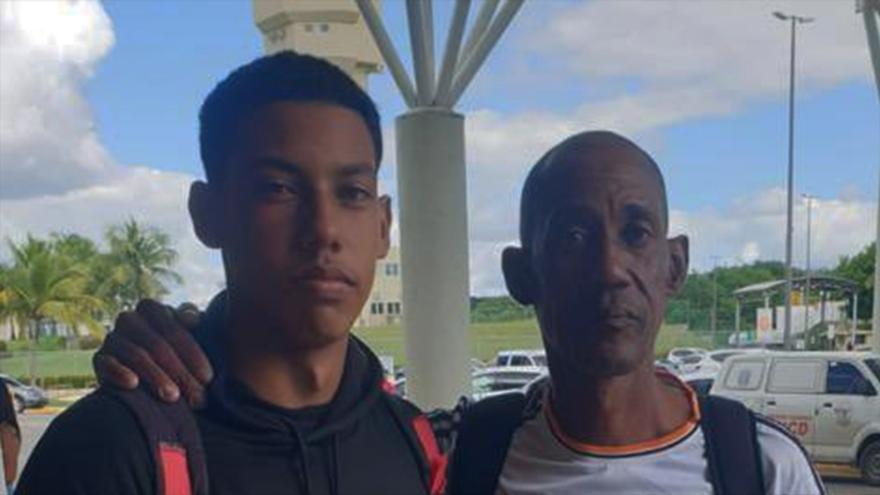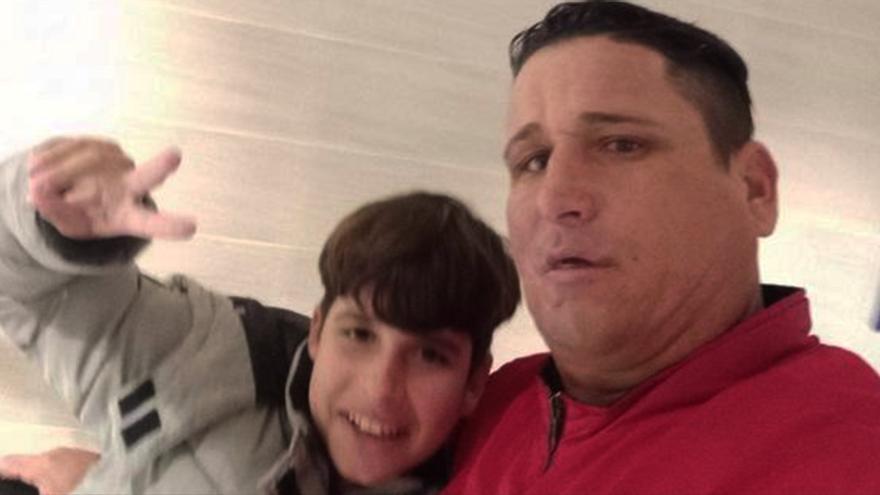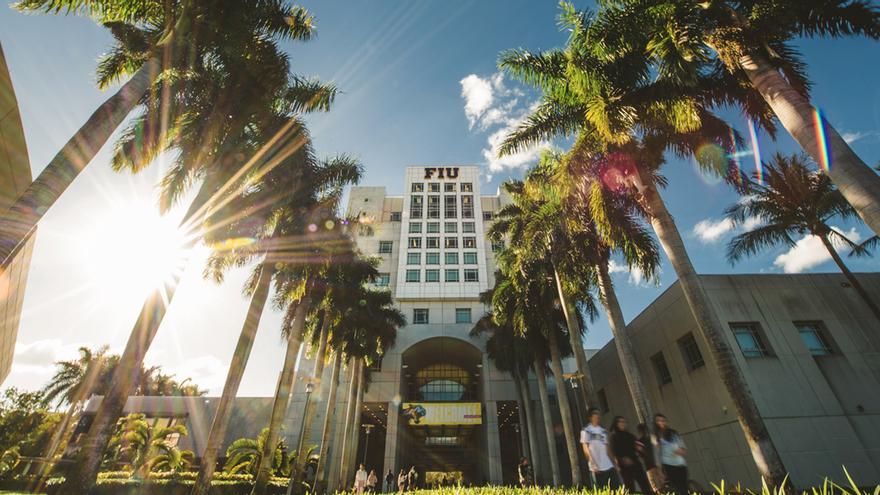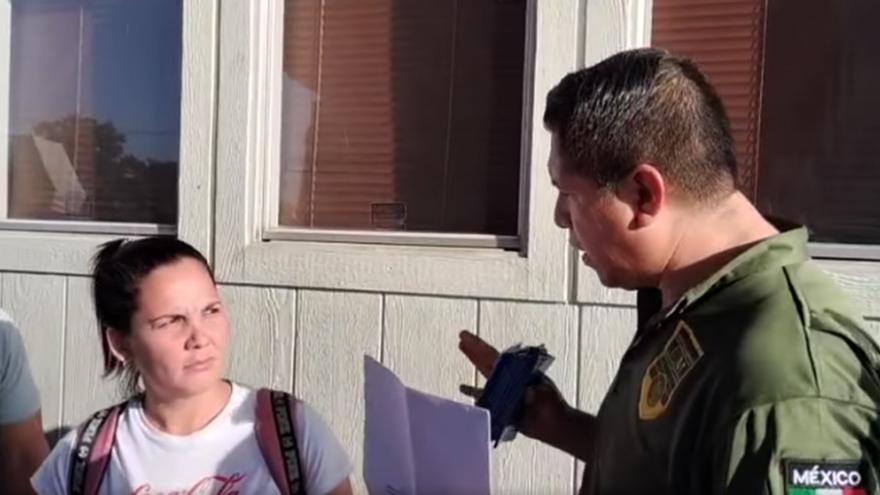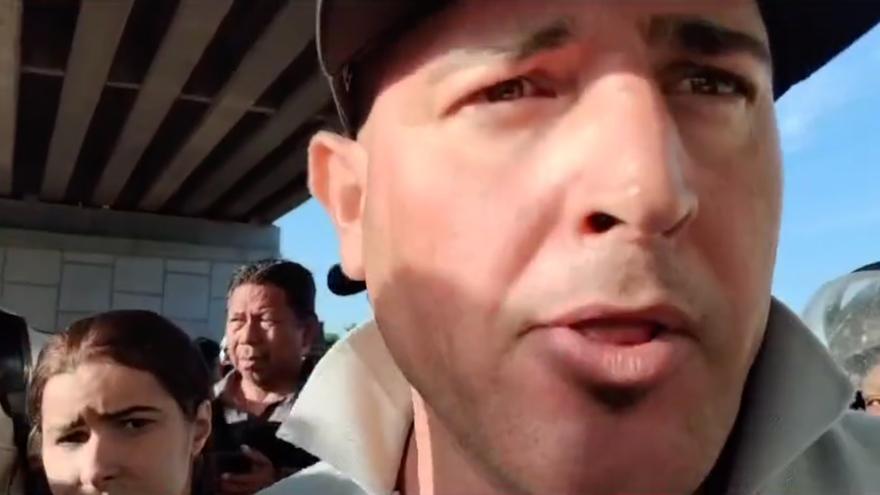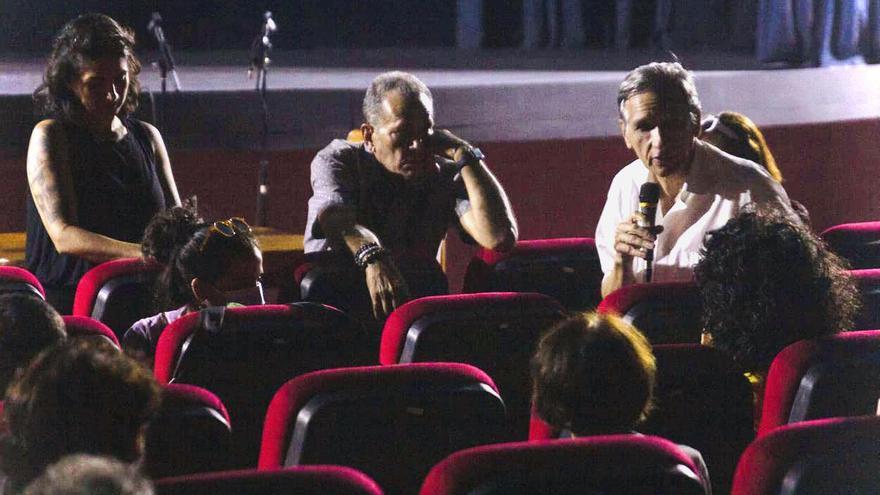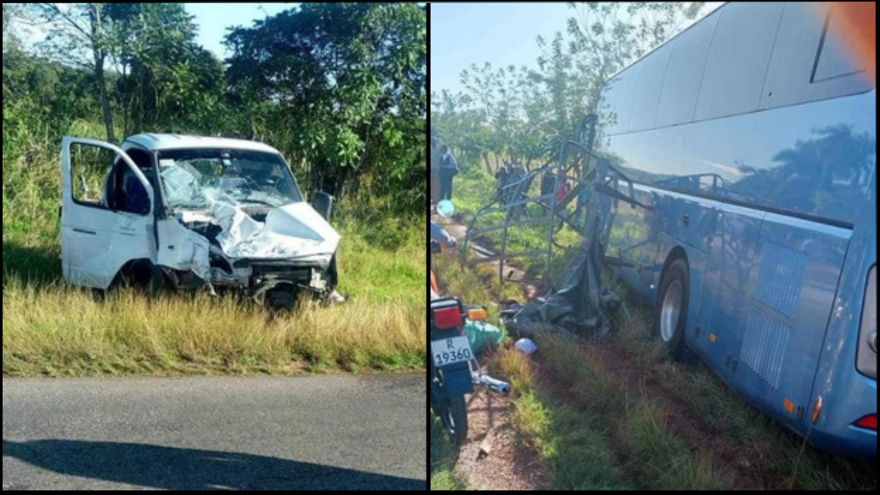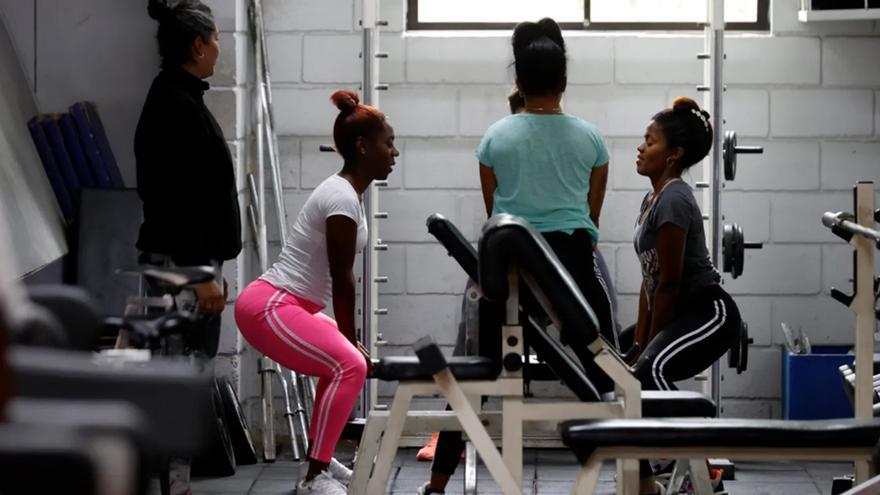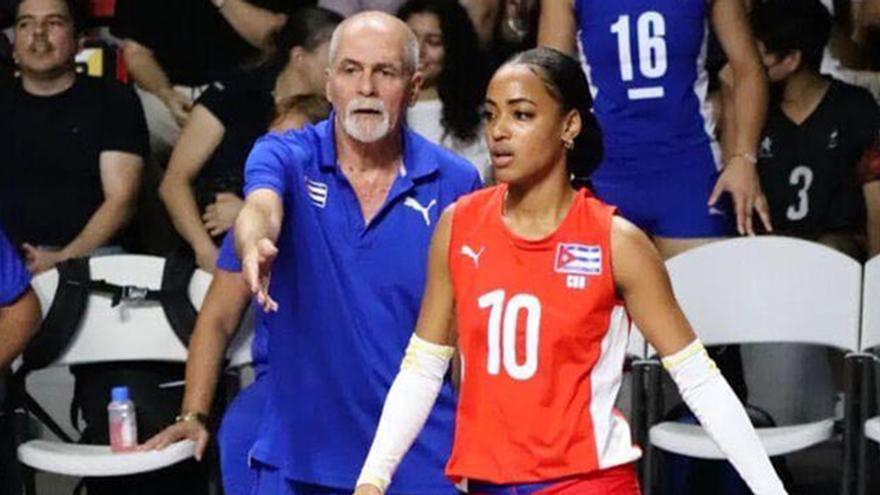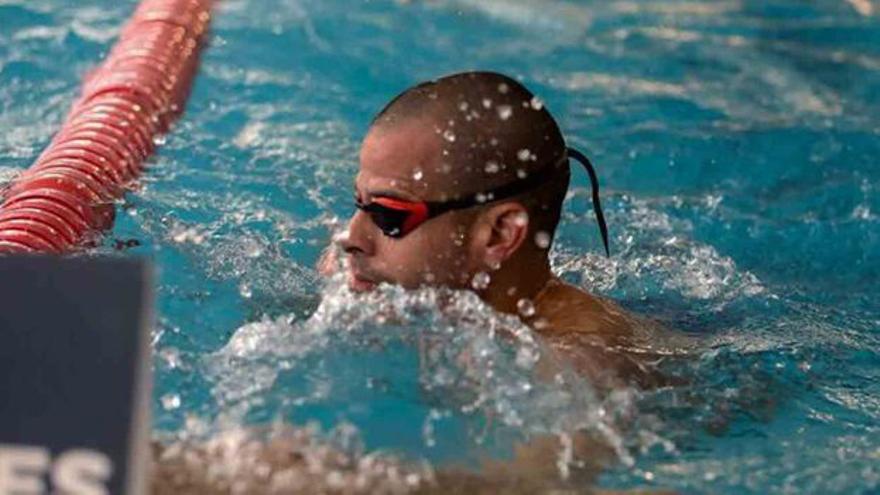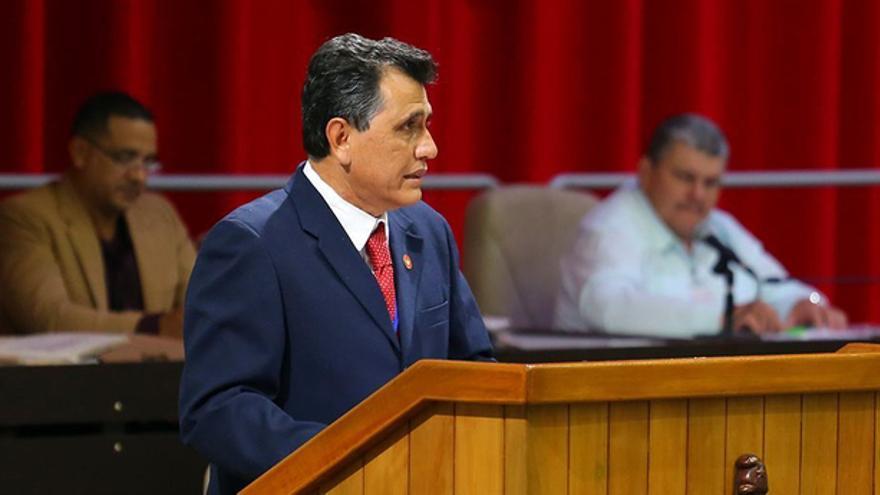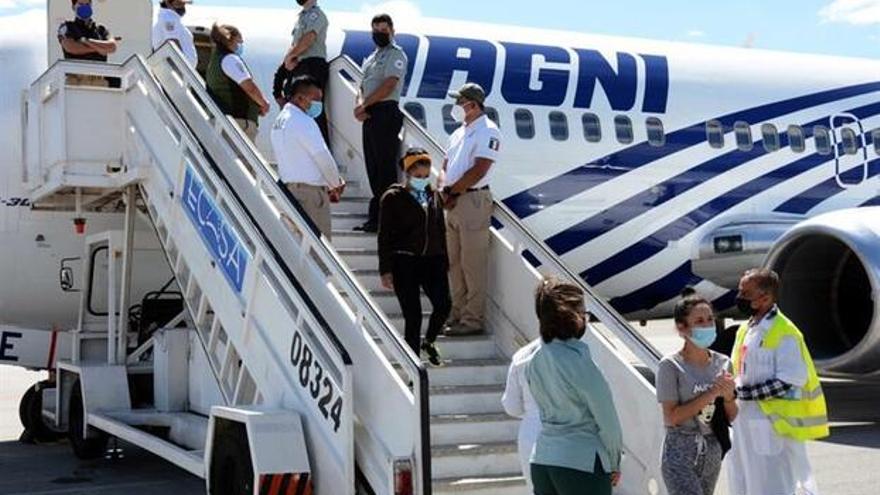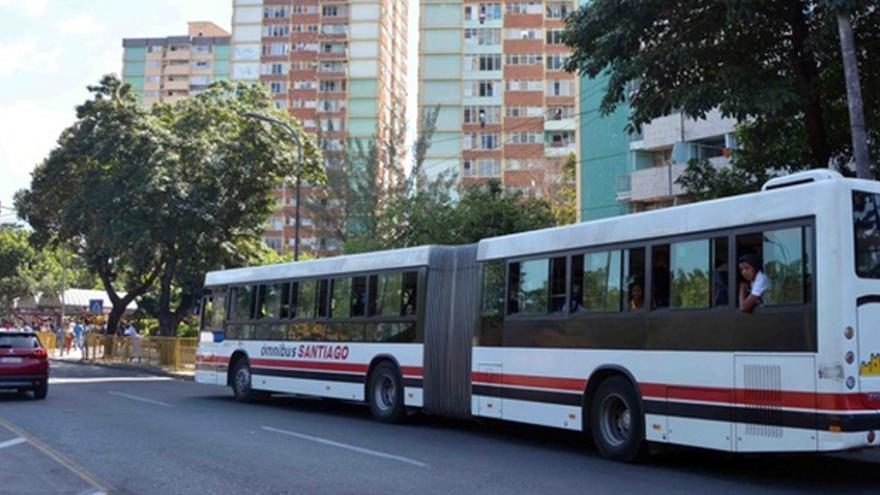
![]() 14ymedio, Havana, 28 December 2023 — This Thursday, the lifeless body of 25-year-old Eugenio García, who had been missing since last Tuesday in the municipality of Mayarí, province of Holguín, was found. The young man had left his house last Tuesday, taking 1,300,000 pesos with him to buy foreign currency in the informal market.
14ymedio, Havana, 28 December 2023 — This Thursday, the lifeless body of 25-year-old Eugenio García, who had been missing since last Tuesday in the municipality of Mayarí, province of Holguín, was found. The young man had left his house last Tuesday, taking 1,300,000 pesos with him to buy foreign currency in the informal market.
The journalist Mario J. Pentón, a resident of Miami, confirmed with family sources that the young man had been found dead. The reporter shared some images in which dozens of people are seen around the area where García’s body was found.
“He was under a bridge, as confirmed by the family,” adds Pentón, who was in contact with García’s sister. “He was beaten to death,” the relatives said, although the police authorities of the municipality have not yet pronounced on his initial disappearance or the discovery of the young man’s body.
Previously, in a video, filmed on Wednesday night, dozens of people were seen organizing to search in different parts of the area. “We’re going down, continue reading
For her part, the young man’s sister also released a video thanking the neighbors of Mayarí: “Thanks to the Mayari people, many people have gone into the street. More than a hundred people are helping us look for him.”
The young woman, who recorded the video “outside the police station” then pressed the officers to get dogs and do their job to find him. “I don’t see the police doing anything, I don’t see a breakthrough, I don’t see an answer,” she said with pain.
“It can’t be that the people are doing the job of the police,” the woman stressed. “They have come to support us, looking in the rivers and everywhere”
“It can’t be that the people are doing the job of the police,” the woman stressed. “They have come to support us, looking in the rivers and everywhere. I’m calling the Minint [Ministry of the Interior], the firefighters. What are they waiting for? For him to show up dead? We are wasting time.”
Pentón also reported that the police had arrested a suspect and published a series of messages, sent through Facebook Messenger, which the person in custody exchanged with García on the day of his disappearance to coordinate the informal transaction. The young man wanted to buy $4,000 to, among other things, celebrate his nephew’s birthday.
The suspect urged García to meet him at 8:00 pm on Tuesday, in an area known as Arroyo Hondo, a community belonging to the popular council of Chavaleta in the municipality of Mayarí.
Cases of missing persons are becoming more frequent in Cuba. Social networks have become a loudspeaker for families to report the absence of elderly people who, senile, walk away from their homes; women who, after going out, do not return home and people who left on their motorcycle or with large amounts of money and never return.
In 2022, the case of the murder of Santiago Morgado in Sancti Spíritus shook national public opinion. The teacher was killed with a stick and a stone to steal his vehicle. The attackers also used two pieces of agricultural machinery to submerge the teacher’s body in a well that was 10 feet deep. Subsequently, they sold the motorcycle for 200,000 pesos.
Translated by Regina Anavy
_____________
COLLABORATE WITH OUR WORK: The 14ymedio team is committed to practicing serious journalism that reflects Cuba’s reality in all its depth. Thank you for joining us on this long journey. We invite you to continue supporting us by becoming a member of 14ymedio now. Together we can continue transforming journalism in Cuba.

